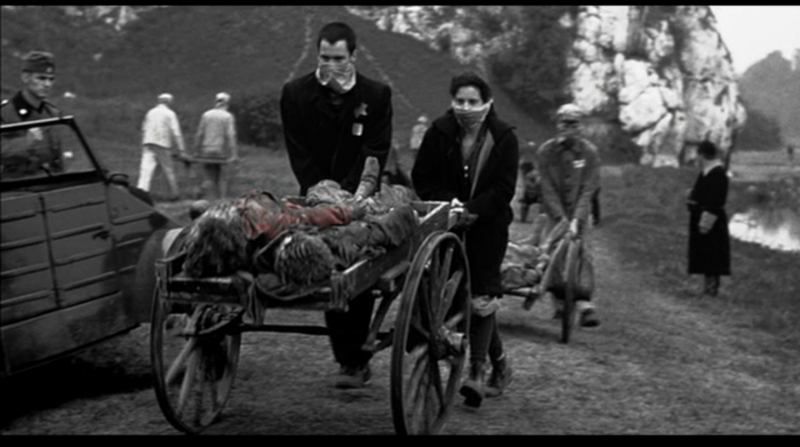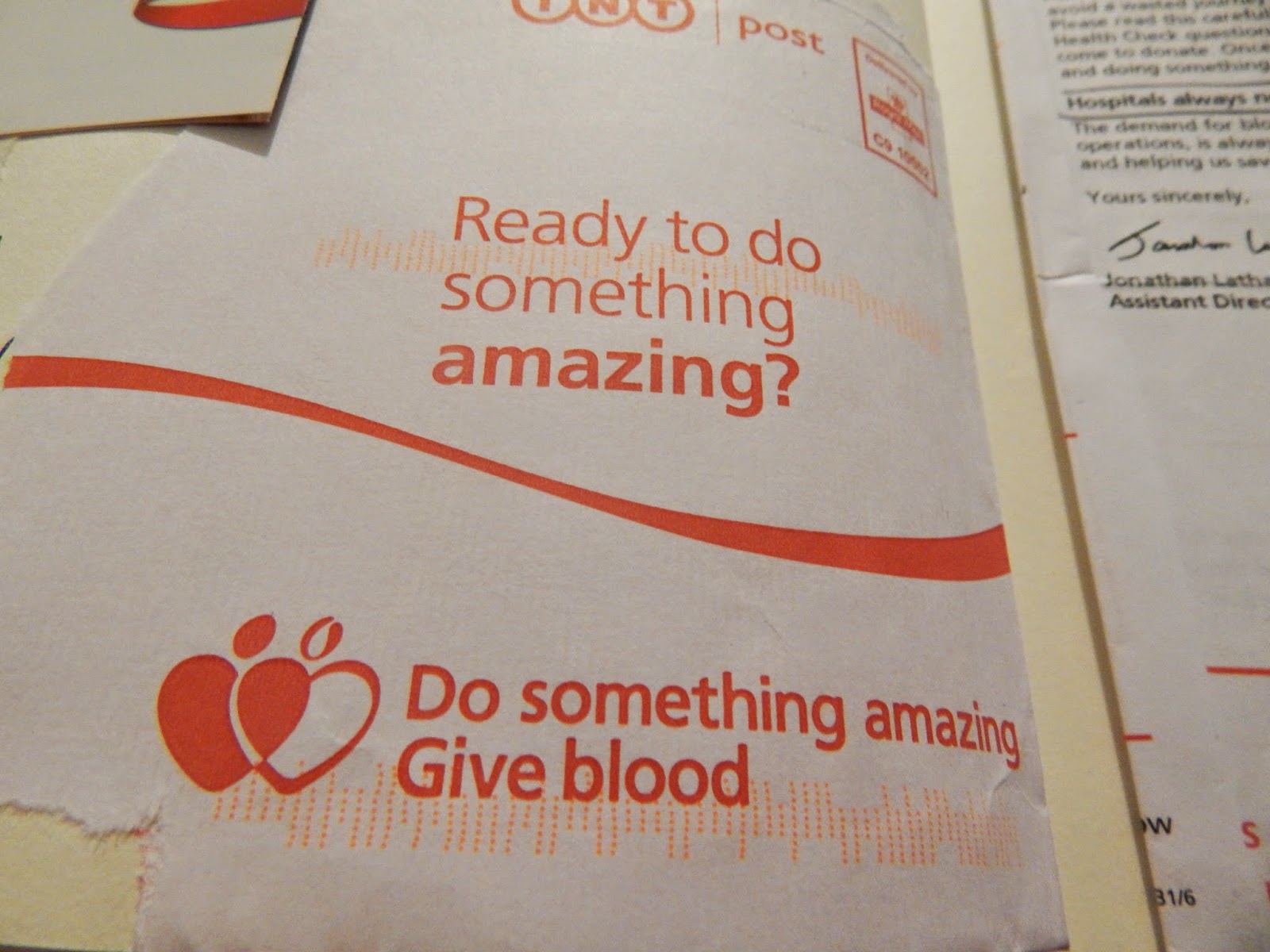After visiting the exhibitions I decided I wanted to learn more about Blood and what it does. The last time I learnt about it must have been 3 or 4 years ago. So to achieve this I went to the study zone and pulled out loads of books that I wanted to look at. The first load were medical books. What attracted me to the books were the beautiful illustrations as photographs. All of this imagery has been documented in my sketchbook which allows me to constantly look over the large quantity of images and see the different ideas I could get. I did a lot of research into the arteries and the different components blood is made of so I could fully understand how blood works and why blood is so vital to human being.
Whilst I was at the study zone I also picked up two books that were completely nothing to do with my topic but caught my attention. The first book was about medieval Armour, there was a specific Armour that caught my attention seen below. I could carry on a new idea with creating lots of different patterns onto the human body representing the blood vessels. As well as this I could continue to look at colour to get the same richness of the drawing below.
The second book I looked at was M.C Escher whose carefully drawn pattern work really remind me of the anatomical diagrams I had read at the beginning.There was also certain pages that kept me thinking about motion something I think will be a huge element of my project which you will see below. I love the obsession of geometric shapes and the way that M.C Esher was able to manipulate them in order to create not only a pattern but also a story. I particularly like the image below as it shows a transitional journey starting from lines until it reaches because birds, this is something I could seeing turning into a motion graphic. This is really relevant to me as I hope to make a motion graphic for my final piece. As well as this I really like the pattern design something which I mentioned previously on the Armour photograph- I could carry on designing pattern to represent blood in some way.
Learning more and more about way the blood works makes me more relaxed when it came to making an appointment to donate blood myself. I wanted to give blood as personally I feel it is hypocritical to ask young people to donate when I have never donated? After researching more into the NHS and the process I was able to test out the ins and outs of making an appointment. It worked amazingly and I have made an appointment for next week to donate. I even got letters thanking me for making an appointment and a questionnaire asking about my medical/sexual information which I was asked to bring on donation. The letters arrived in a personalized envelope which says on the front "Do something amazing, Donate blood". This instantly made me feel really good for donating. This goes to show how even one bit of positive can make me feel like I have already achieved something incredible. I want to make all the young people who will see my campaign feel this way too.
After this I tried to look into current campaigns that caught my attention as well as current NHS campaigns for giving blood. This is important in my eyes not just to get ideas but to see the angle they were trying to convey and the different ways to take the ideas. There was one campaign that I really think works well that uses David Bowie's lyrics to play on " You can be heroes, for more than one day". Using such a pop icon as David Bowie really captures people attention- I think it also distracts from the clinical feel that the NHS somehow gives off. Another really interesting poster I really loved uses humour and playing on the vampire idea stating "Don't travel to Transylvania, don't waste your blood".
All images above was Author's own 2014
Steven Spielberg Schindler's list 1993
 |
http://www.cinemarx.ro/stiri-cinema/video-patinaj-artistic-inspirat-din-lista-lui-schindler-premiat-cu-aur-la-jocurile-olimpice-de-la-soci/ Accessed on 10/03/2014
During this research stage I watched Schindler's List independently however the relevance to what I was looking seemed obvious. Although the story line of this epic movie directed by Spielberg had nothing to do with giving blood it discusses blood shed as well as the poignant red used. One of the reasons perhaps people are nervous when giving blood is the deep rooted relation to blood and death, in this film there is near enough non-stop blood shed and therefore you almost get used to the unjust actions. This could be effective perhaps if I try to promote blood getting teenagers used to the sight of giving blood.
Another element of Schindler's list which really stood out to me when I watched it the first time was the colour red is applied. The red looks so out of place yet demands our attention making us not only connect with the character who only appears for less than two minutes out of the lengthy film, but become curious. I think the limited use of red has made the film so much more dramatic and memorable-This could be something to strongly consider and go against the obvious colour of red and only use it slightly to add a greater emphasis. |
Marnie- Alfred Hitchcock 1964
Marnie is one of my favourite Hitchcock films, specifically because of the way it was filmed. The concept is quite powerful addressing anxiety and morals. The character Marnie, played by Tippi Hedren shows a story about a woman who steals from her employee to give money to her sick mother. Yet whenever she sees the colour 'Red' she bursts into panic attack. Again this story has little to giving blood however I think it is really important to take concepts and ideas from films that pull me in and make me think.
This film was beautifully filmed something that I really need to consider if I create a motion graphics. Every time Marnie sees the colour red the whole screen gets tinted (seen above with Marnie screaming). This notion makes even the viewers get anxious with the colour red. My favourite scene is when Marnie accidentally drops red ink onto her blouse, as viewers the see very clearly of Marnie's fear and identity for the first time her anxiety.
Red signifies many things, murder, violence, love, passion etc. However in this story it represents blood. What I wanted to really establish was the fact that a lot of people I know and in general are scared of the sight of blood too, could this be perhaps because red is the colour the eye reacts to first. Identifying this perhaps could help me plan colour schemes, do i want to include red? Or do I want to apply on the smallest about like the drop of Red ink on Marnie's sleeve.
I think I will defiantly add red because there is no point in telling lies to the people blood is red and it is something you will see when you give blood, I want people to realize not to associate blood with something bad but something good.
Hancock's The Blood Donor 1961
Hancock's The Blood Donor was the first short episode that has addressed donating blood as a funny thing. The take on the situation creates an humorous awkwardness that is relevant in everyone. I think the show really lightened up giving blood for me and I felt less worried about it from watching it. Released in 1961 the Blood donor episode allow us to see the process and campaigns for it subtly. I think the subject itself can be taken the mick of because it makes the process funny. And when people laugh the tension is gone. After watching this I think i have thought much more about how I could perhaps add an element of humour in my campaign to get the younger generation in giving blood. After all I strongly believe that people aged 17-25 relate to humour very much and it breaks the ice on serious subjects. If we look at comic relief for instance although there are serious emblems within the show there are comedy sketches which lighten the mood. Humour can leave just as much as a mark as say sad emotion. This is something to further consider when working on my project.
Autopsy Life and Death- Prof. Von Hagens Episode 1 Blood
To the left you can see an image taken from the Autopsy Life and Death- Prof. Von Hagens. The first episode was about the blood and circulation system. I have heard about Professor Von Hagens before; I know that him as an artist which I now know isn't right. However someways you could say he is. His work explores the human body and anatomy in particular.
 |
| Author's own 2014 |
Watching this program I thought I would be able to easily follow however it was rather complicated at times. However as I researched into blood before watching this program I able to follow. If I had not researched into blood I think it could get quite complex. The whole atmosphere of the program was very science based; I think that it has helped me in my current project because it has shown to me that going into this project as scientifically driven could perhaps could confuse a lot of people. Therefore I need to make it so that the information I am writing about is easy enough for the target audience I am aiming can understand it. The only thing which I think worked really well was the brutal honesty of the program. It really showed me how the body is a body and it is functions like clockwork, we are a piece of natural engineering and everything needs to function in order to make our bodies to work.
















No comments:
Post a Comment